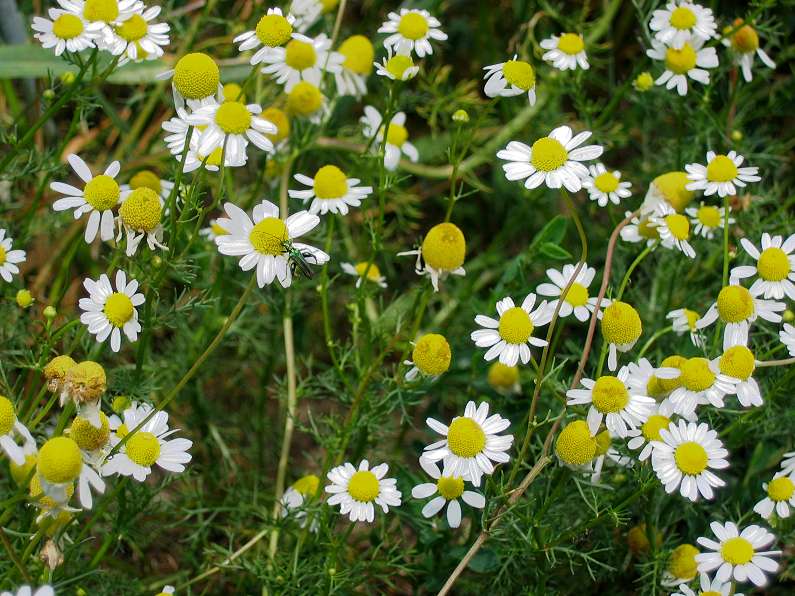
Did you know dandelion was good for you? I bet you didn't! I bet you douse them in herbicide and furtively pull them out of your grass, in the hope that their nasty yellow tops, and white seed heads, will finally go away. Ok, maybe you don't do that. But I sure grew up in a neighborhood that felt that way about dandelion! And if you do react to dandelion that way, I'm here to ease your soul, to tell you, let them live! You no longer need to feel guilty about the dandelions invading your lawn and sidewalk cracks. Instead, stop throwing on the weed killer, and eat 'em up!
Dandelion's latin name is Taraxacum officinale. (Side note, when you see a plant's latin name, if it says Something officinale, that means it used to be an "official" medicinal, in the doctor's offices of old). The common name comes from a French phrase, dent de lion, meaning "lion's tooth", I'm sure you can imagine why.
- Dandelion leaves are a diuretic and good for your kidney (ie, they make you pee.) But they're loaded up with potassium, which makes dandelion one of the better diuretics. Usually one looses important amounts of potassium when working with diuretics.
- Dandelion root is good for your liver (ie, it will make ya poop.)
- Roasted dandelion root can be used as a coffee substitute, and would be of particular use in that area if you are wanting to wean yourself off of coffee.
- Though untested by me, the milky sap will help remove warts.












